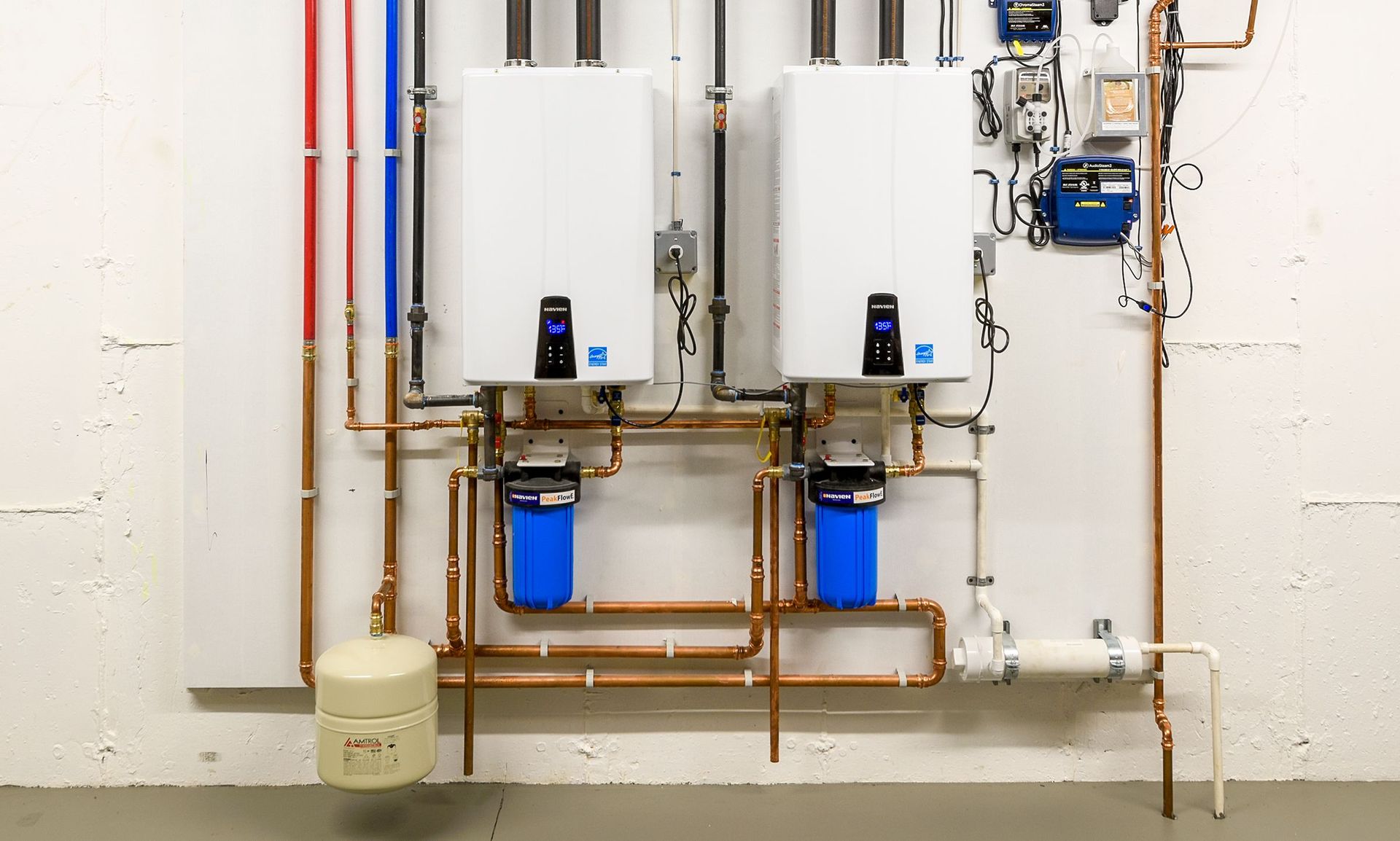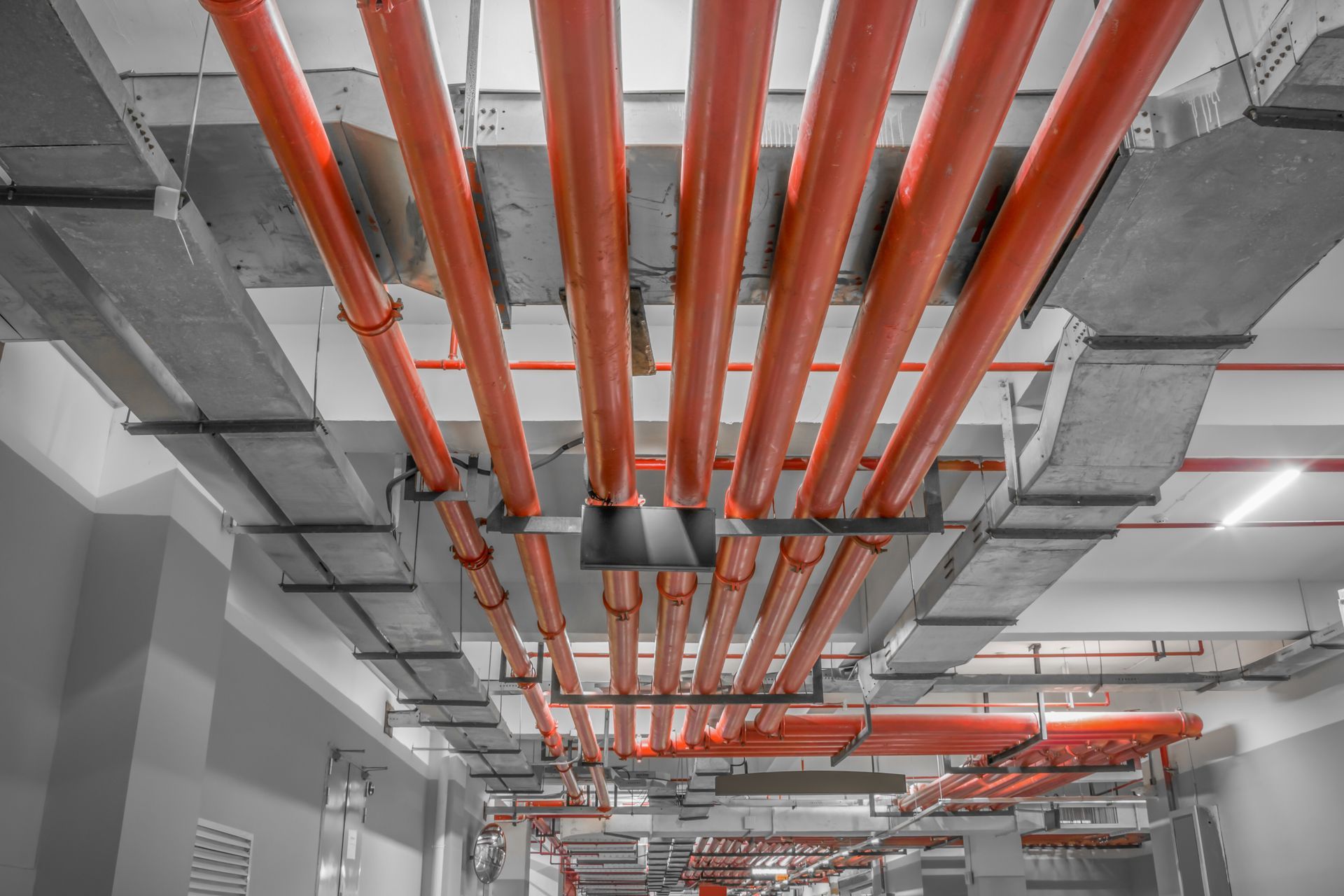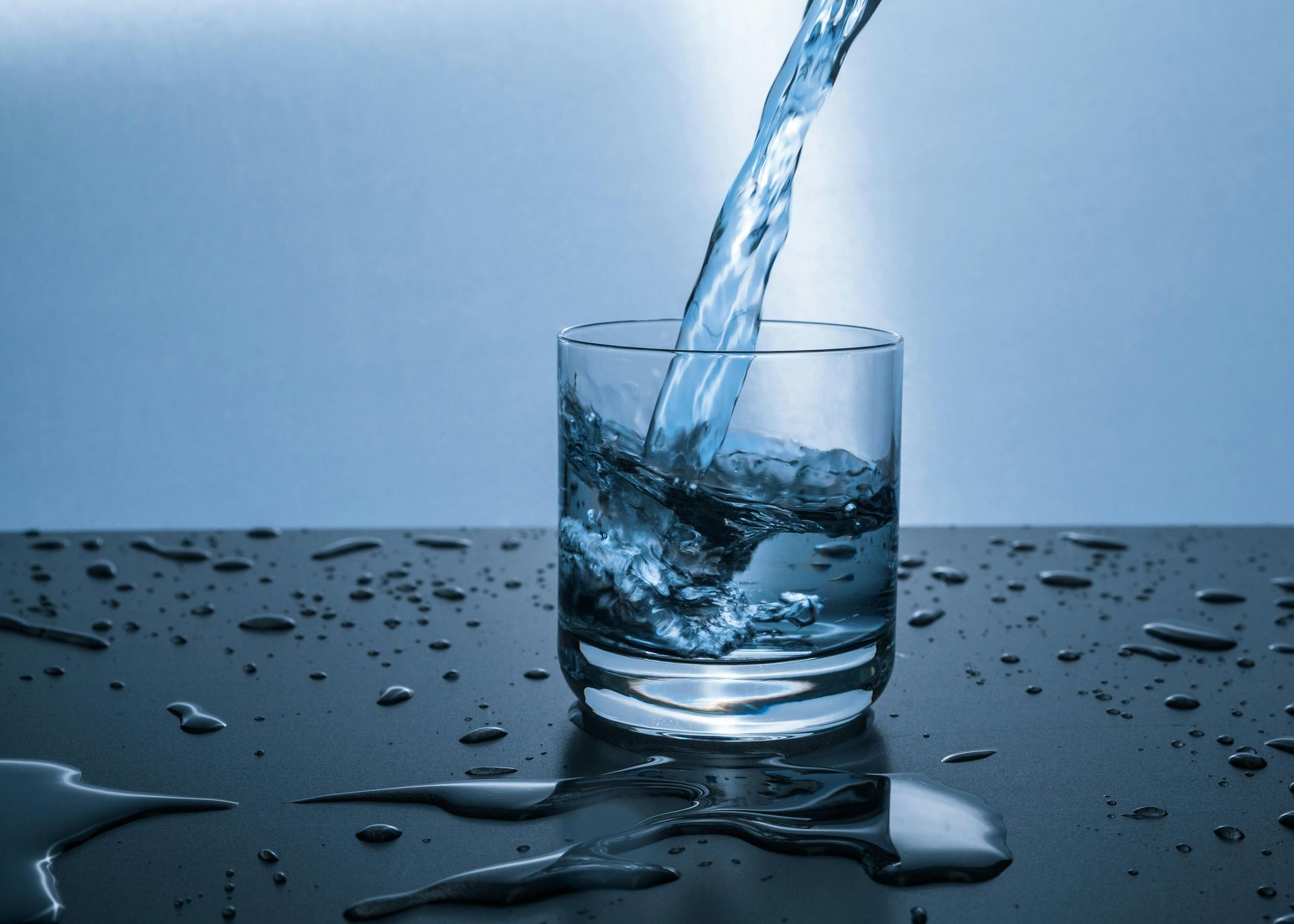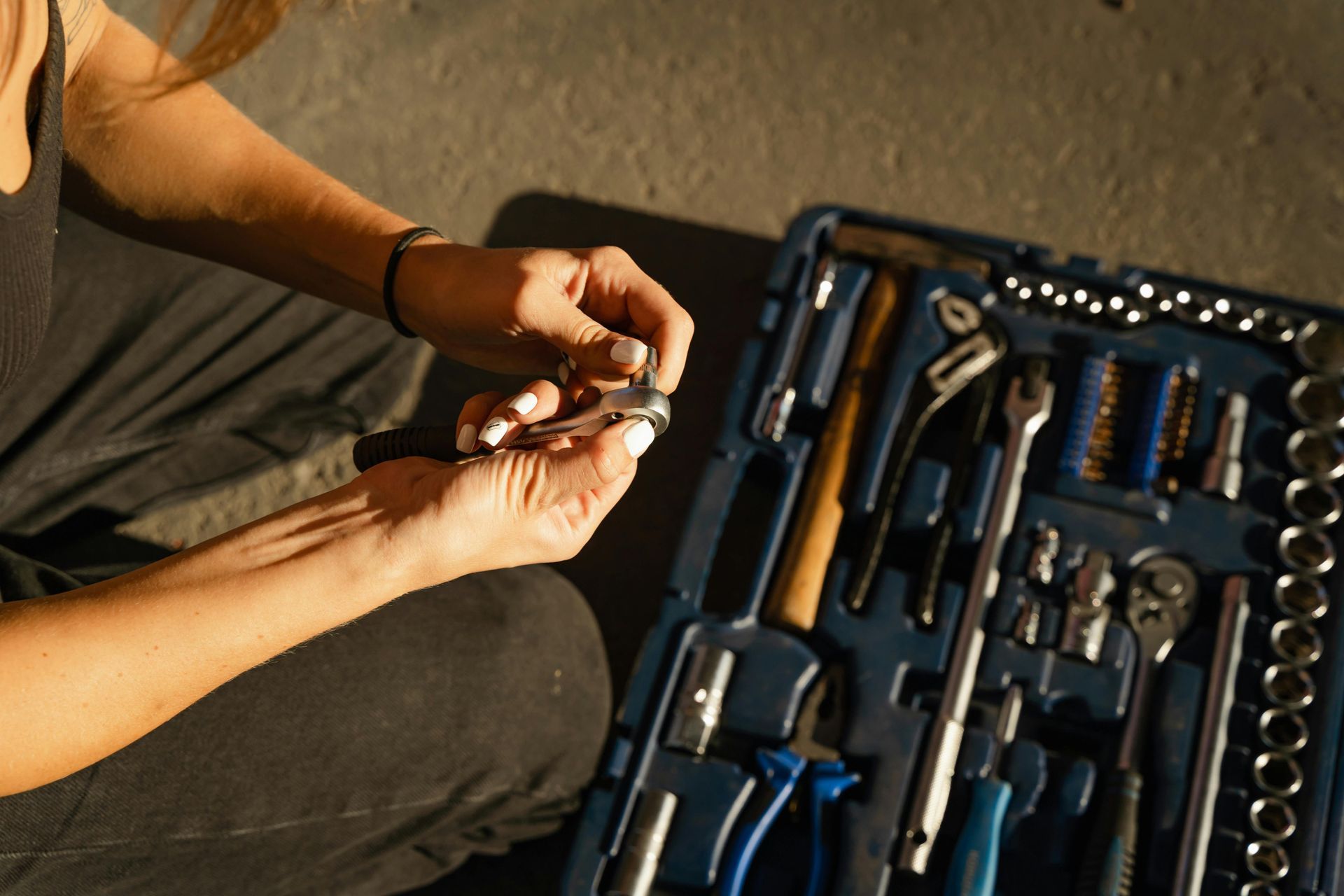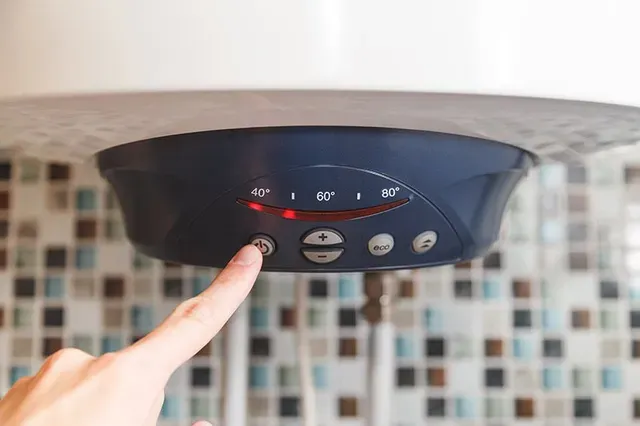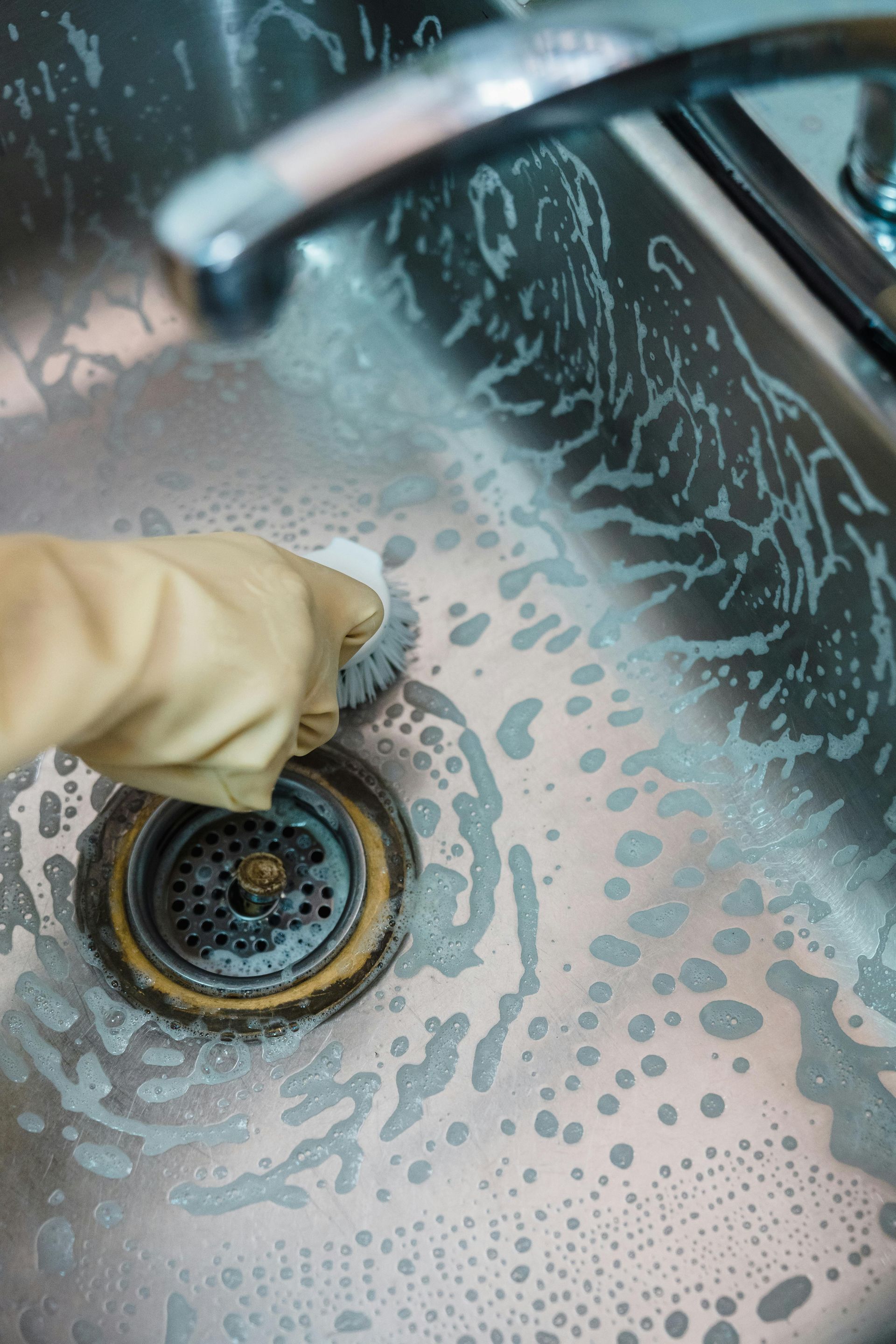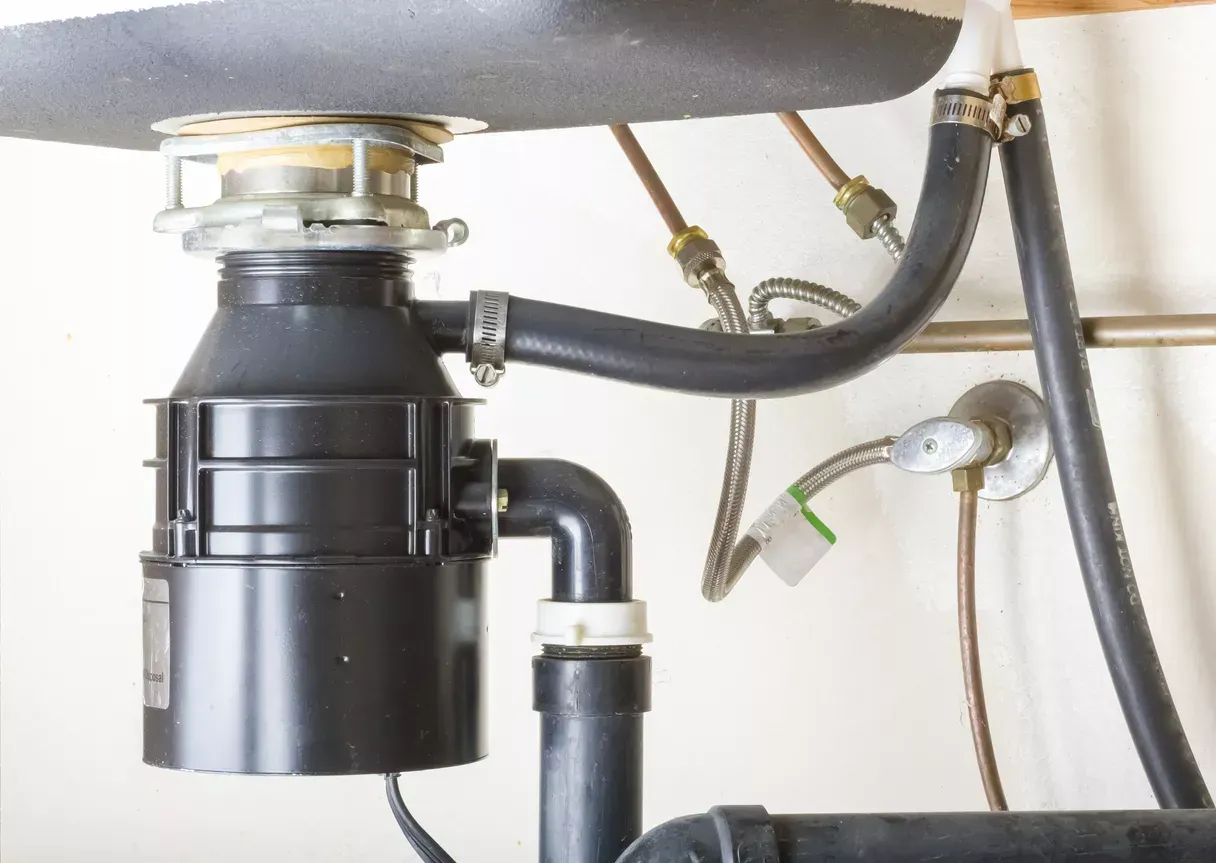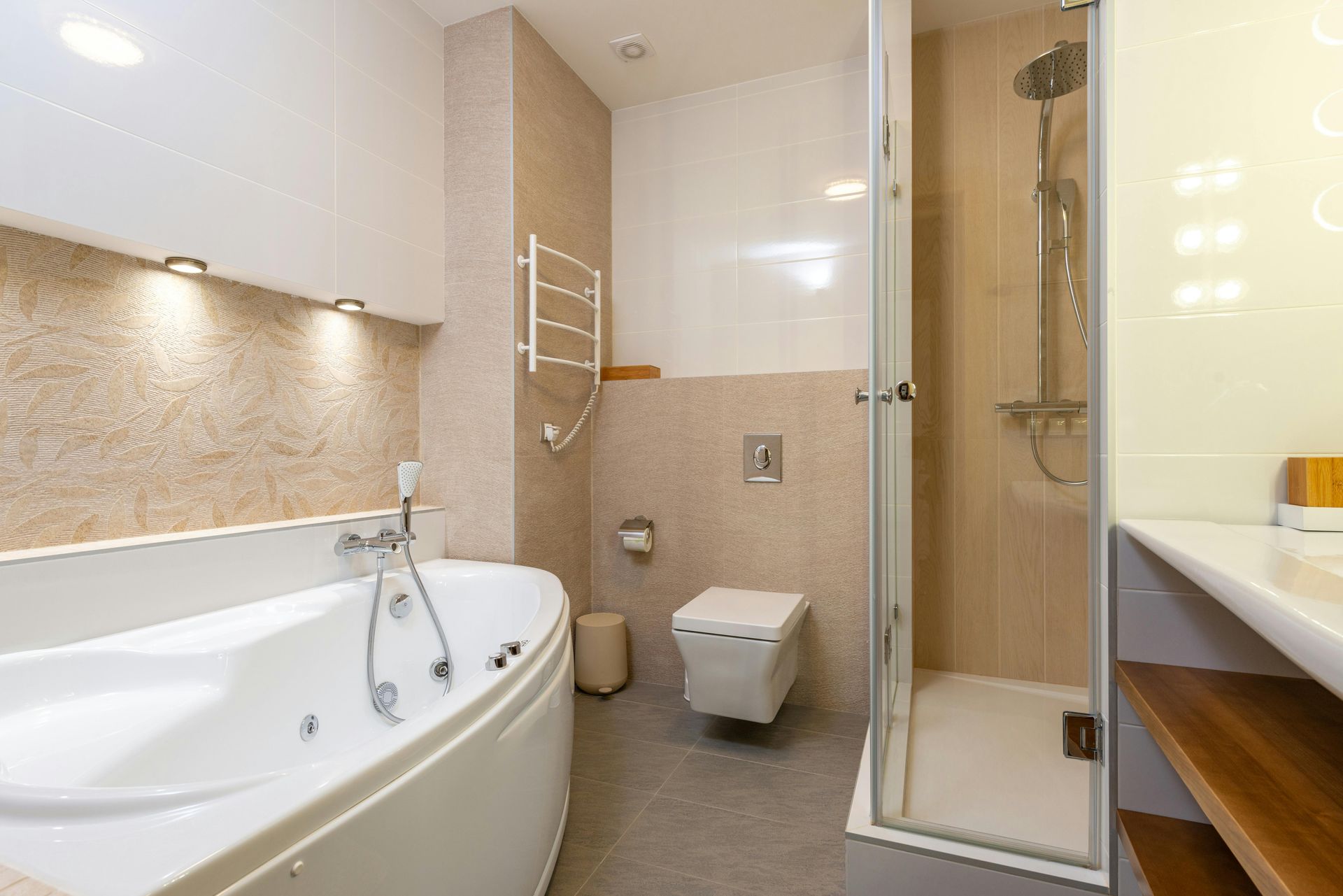Why You Should Consider Trenchless Sewer Line Replacement
What is Trenchless Sewer Line Replacement?
Trenchless sewer line replacement is an advanced, non-invasive method used to replace or repair damaged or old sewer pipes without the need for extensive digging. Unlike traditional methods that involve digging up large sections of your yard or driveway, trenchless technology allows plumbers to work more efficiently, with minimal disruption to your landscape. This method has become increasingly popular among homeowners and businesses due to its ability to save time, reduce costs, and preserve property. Whether you're dealing with leaks, blockages, or damaged pipes, trenchless sewer line replacement offers a less invasive, highly effective solution. But how does it compare to the traditional method, and why is it becoming the preferred choice? In this article, we'll explore the differences, benefits, and why you should consider trenchless technology for your next sewer line replacement.
"The Benefits of Trenchless Sewer Line Replacement"
Traditional Sewer Line Replacement vs. Trenchless Method
Traditional sewer line replacement involves digging up large trenches along the length of your existing sewer pipe to access it and replace it. This method, though effective, can be time-consuming, costly, and damaging to your property. The excavation process requires removing landscaping, paving, and potentially damaging structures like driveways, lawns, and sidewalks. Moreover, the cleanup process adds extra time and expenses.
On the other hand, trenchless sewer line replacement uses specialized equipment to either pull a new pipe through the old one or insert a liner into the existing pipe. This eliminates the need for extensive digging, saving both time and labor costs. While traditional methods can take days or even weeks, trenchless replacement typically takes just a few hours or days, depending on the job. The need for repairs to driveways, sidewalks, and landscaping is also minimal, which reduces overall costs.
Why Trenchless is Better:
- Less disruption: No need to tear up your property.
- Faster and more efficient: Quicker completion time means less inconvenience.
- Cost-effective in the long run: Fewer repairs and restoration costs after installation.
- Preserves landscaping: Your lawn and garden remain intact.
Key Benefits of Trenchless Sewer Line Replacement
Here are the 8 key benefits of trenchless sewer line replacement:
- Minimal Property Damage Trenchless technology eliminates the need for large-scale excavation, preserving your driveway, lawn, and landscaping. This is especially important for homeowners who don’t want to deal with the costly repairs that come with traditional digging methods.
- Faster Installation and Repairs Trenchless replacement can be completed in just a few hours or days, compared to the days or weeks required for traditional methods. This reduced time frame means less inconvenience for you and your family.
- Cost Savings on Restoration With no excavation, there's no need to repair landscaping, driveways, or sidewalks. The cost of restoring your yard or garden can be a significant expense with traditional methods, but trenchless techniques save you that added cost.
- Environmentally Friendly Trenchless technology is less disruptive to the environment. It prevents unnecessary damage to the natural landscape, preserving trees, plants, and other vegetation that would otherwise be harmed by digging.
- No Need for Disruptive Excavation With trenchless methods, there’s no need to dig large trenches in your yard or driveway. This is particularly beneficial for homes with limited space or properties with valuable landscaping.
- Longer-Lasting Results Trenchless pipe replacements use high-quality materials, such as epoxy liners or durable HDPE pipes, that often last longer than traditional pipes, offering a more long-term solution to your plumbing problems.
- Minimal Disruption to Your Daily Routine Since trenchless technology requires less time and minimal digging, you won’t experience the usual disruption associated with major plumbing repairs. You can resume normal activities quickly after the job is completed.
- Advanced Technology for Better Precision Trenchless methods use cutting-edge technology to ensure precise pipe installation, reducing the risk of mistakes or issues that could arise from older, less sophisticated techniques.
Cost-Effective Solutions with Trenchless Technology
- Lower Labor Costs Trenchless methods require fewer labor hours, making them more affordable. With minimal excavation and fewer workers needed, your project becomes more cost-effective in terms of labor expenses.
- No Need for Property Restoration Traditional methods often lead to significant costs for repairing lawns, driveways, and sidewalks, which trenchless methods avoid entirely. Since minimal disruption occurs, you save money on repairs and restoration work.
- Reduced Downtime Trenchless replacement is quicker than traditional digging methods, meaning you won’t have to wait around for days or weeks while the job is being completed. Faster project completion means fewer costs associated with downtime.
- Lower Risk of Future Problems Trenchless technology often uses higher-quality, longer-lasting materials that reduce the likelihood of needing further repairs down the line. This makes it a more reliable and cost-effective option in the long run.
- Avoidance of Permitting and Inspection Costs Traditional sewer line replacement can require multiple permits and inspections due to the extensive digging involved. With trenchless methods, you may face fewer permit requirements, leading to reduced bureaucratic costs.
- More Accurate Cost Estimation Trenchless sewer replacement tends to be more predictable in terms of costs, as it’s less dependent on unforeseen complications like digging through rocks or utility lines. This allows for a more accurate estimate and fewer surprise expenses.
- Minimized Damage to Existing Infrastructure Since trenchless methods work without disturbing existing infrastructure, you’re less likely to incur costs related to repairing damaged roads, foundations, or utilities.
- Increased Property Value By avoiding property damage and preserving your landscape, trenchless methods can increase your property’s resale value, making it a smart investment in the future.
When Should You Consider Trenchless Sewer Line Replacement?
Ideal Scenarios for Trenchless Methods:
- Old or Damaged Pipes: Trenchless technology is ideal when your pipes have reached the end of their lifespan, or they have been severely damaged due to age, corrosion, or wear and tear.
- Tree Roots: Tree roots invading the sewer line can cause blockages and damage. Trenchless methods can address this issue by either replacing the damaged section or lining the pipe to prevent future root intrusion.
- Difficult Terrain: If your sewer lines are in areas where digging would be difficult or costly—such as under sidewalks, driveways, or patios—trenchless replacement offers a solution with minimal disruption.
- Flood-Prone Areas: Trenchless technology is often the preferred choice for areas prone to flooding, as it minimizes the need for excavation that could disturb the landscape and water drainage systems.
Signs Your Sewer Line Needs Replacement:
- Frequent clogs or backups
- Slow draining fixtures
- Odd smells or gurgling sounds from drains
- Visible signs of water damage around your sewer lines
- Increased water bills due to leaks or inefficient pipes
The Technology Behind Trenchless Sewer Line Replacement
Trenchless sewer line replacement utilizes two main technologies: pipe bursting and cured-in-place-pipe (CIPP) lining.
- Pipe Bursting: This method involves using a cone-shaped bursting head to break apart the old, damaged pipe while pulling a new pipe into place. It’s ideal for replacing severely damaged or collapsed pipes, especially when the existing pipe is made of brittle material.
- Cured-In-Place-Pipe (CIPP) Lining: This technique involves inserting a resin-saturated liner into the existing pipe, which is then inflated and cured to form a new, seamless pipe inside the old one. CIPP is effective for minor to moderate damage and is often used when the pipe's structure is still intact but requires reinforcement.
Choosing the Right Professional for Trenchless Sewer Line Replacement
When selecting a plumber for trenchless sewer line replacement, it’s essential to choose a professional with experience and expertise in this specialized field. Here's what to look for:
- Certification and Licensing: Ensure the plumber is licensed and certified to perform trenchless sewer line replacement in your area.
- Experience: Choose a company with a proven track record of successful trenchless projects.
- Customer Reviews: Check reviews or ask for references from previous clients to gauge the quality of their work.
- Equipment and Technology: Make sure the company uses the latest trenchless technology and equipment for the job.
- Warranty and Guarantees: A reputable company will offer warranties or guarantees on their work to ensure customer satisfaction.
